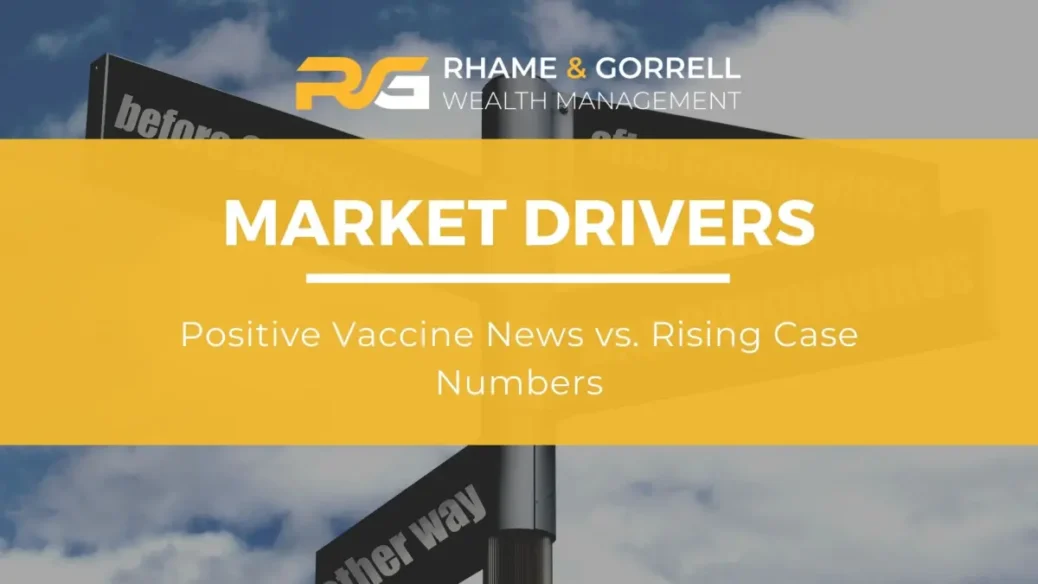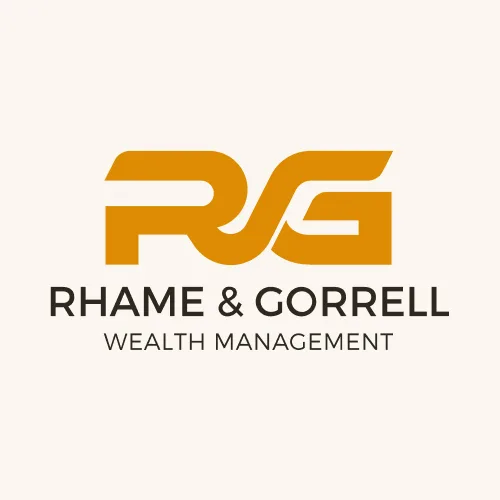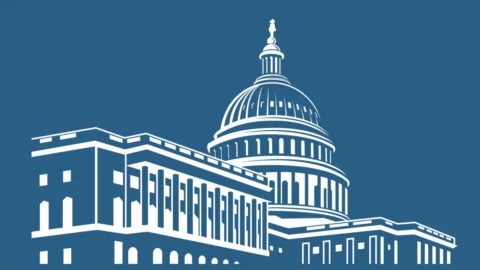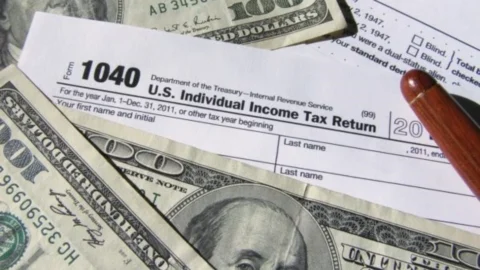Market Drivers: Positive Vaccine News Vs. Rising Case Numbers
The number one factor that will drive the trajectory of the market for the near future is the same one that has been the investment story for the post-election fourth quarter; the competing ideas of the hopes for an effective and quickly distributed COVID-19 vaccine and a purported “Dark Winter” in the United States defined by rising COVID-19 cases and deaths. Putting the clear and pressing tragedy of the pandemic aside, the battle between these opposing ideas will oscillate the needle on the meter of market sentiment between optimism and pessimism until a firm timeline for mass inoculation, herd immunity, and a vast recovery in economic activity can be established and priced into global stock markets.
Despite arriving at what is clearly the apex of the pandemic within the United States thus far, with daily new cases approaching 250,000 at points, the market has been largely immune due to excellent vaccine development news from Pfizer, Moderna, and others. Initial information regarding the reported efficacy of the vaccines appears stunning; with both Pfizer and Moderna’s efficacy from trials approaching 95%. The contrast of these two competing narratives can be seen in the conflicting graphs below of the nation’s simultaneously rising daily case counts and rising stock markets (represented by the S&P 500). Both continue to push to new highs. The market has clearly looked past the ongoing daily despair of the pandemic and its economic damage and has instead cast its eye on the growth prospects of a post-pandemic rebound before it has fully occurred.
For this rally in equities to continue unencumbered and sustain itself investors must confidently see a roadmap out of the pandemic. The general consensus seems to accept that the vaccine will be available to the healthy public sometime in the late spring/early summer, perhaps as early as May. The concept of “herd immunity” and its importance has asserted itself within the public’s consciousness. The CDC describes herd immunity as a condition where enough people have protection— either from previous infection or vaccination—that it is unlikely a virus or bacteria can spread and cause disease. However, the CDC, also acknowledges that experts do not know what percentage of people would need to fulfill either of those conditions to achieve herd immunity to COVID-19. The University of Michigan Health Care organization states that experts think 80-90% of the population would need to have been infected or received the vaccine to reach herd immunity. Given the magnitude of this necessary percentage of the global population, along with the hurdles of concerns/skepticism over both vaccinations in general and the COVID-19 vaccine specifically in a certain but not negligible part of society — a recent ABC/IPSOS poll found that while a majority of Americans intend to get the vaccine, only 40% say they will get it as soon as possible (44% say they will wait a bit and 15% say they will never get the vaccine) — the path to herd immunity will not be easily or quickly achievable.
Herd immunity may be the ultimate goal in the long term, but the more realistic key to a return to “normalcy” will be managing the health crisis to a point where the hospital is at a capacity viable for adequate treatment. Prioritization for the vaccine will allow health care workers, law enforcement, essential workers, those with pre-existing and high-risk conditions, and those over the age of 65 to have access to inoculation as early as late this year for health care personnel and hopefully early April for seniors. Solidifying the public’s confidence in the distribution of a highly efficacious vaccine in combination with the secondary condition of the federal government working to provide much needed fiscal stimulus for struggling citizens and industries will continue to be the necessary conditions for the market rally sustaining itself into 2021.
Need Some Help?
If you’d like some help from one of our CPAs or CERTIFIED FINANCIAL PLANNER (CFP®) advisors regarding this strategy and how it applies to you, the Rhame & Gorrell Wealth Management team is here to help.
Our experienced Wealth Managers facilitate our entire suite of services including financial planning, investment management, tax optimization, estate planning, and more to our valued clients.
Feel free to contact us at (832) 789-1100, [email protected], or click the button below to schedule your complimentary consultation today.
IMPORTANT DISCLOSURES:
Corporate benefits may change at any point in time. Be sure to consult with human resources and review Summary Plan Description(s) before implementing any strategy discussed herein.Rhame & Gorrell Wealth Management, LLC (“RGWM”) is an SEC registered investment adviser with its principal place of business in the State of Texas. Registration as an investment adviser is not an endorsement by securities regulators and does not imply that RGWM has attained a certain level of skill, training, or ability. This material has been prepared for informational purposes only, and is not intended to provide, and should not be relied on for, tax, legal or accounting advice. You should consult your own CPA or tax professional before engaging in any transaction. The effectiveness of any of the strategies described will depend on your individual situation and should not be construed as personalized investment advice. Past performance may not be indicative of future results and does not guarantee future positive returns.
For additional information about RGWM, including fees and services, send for our Firm Disclosure Brochures as set forth on Form ADV Part 2A and Part 3 by contacting the Firm directly. You can also access our Firm Brochures at www.adviserinfo.sec.gov. Please read the disclosure brochures carefully before you invest or send money.













